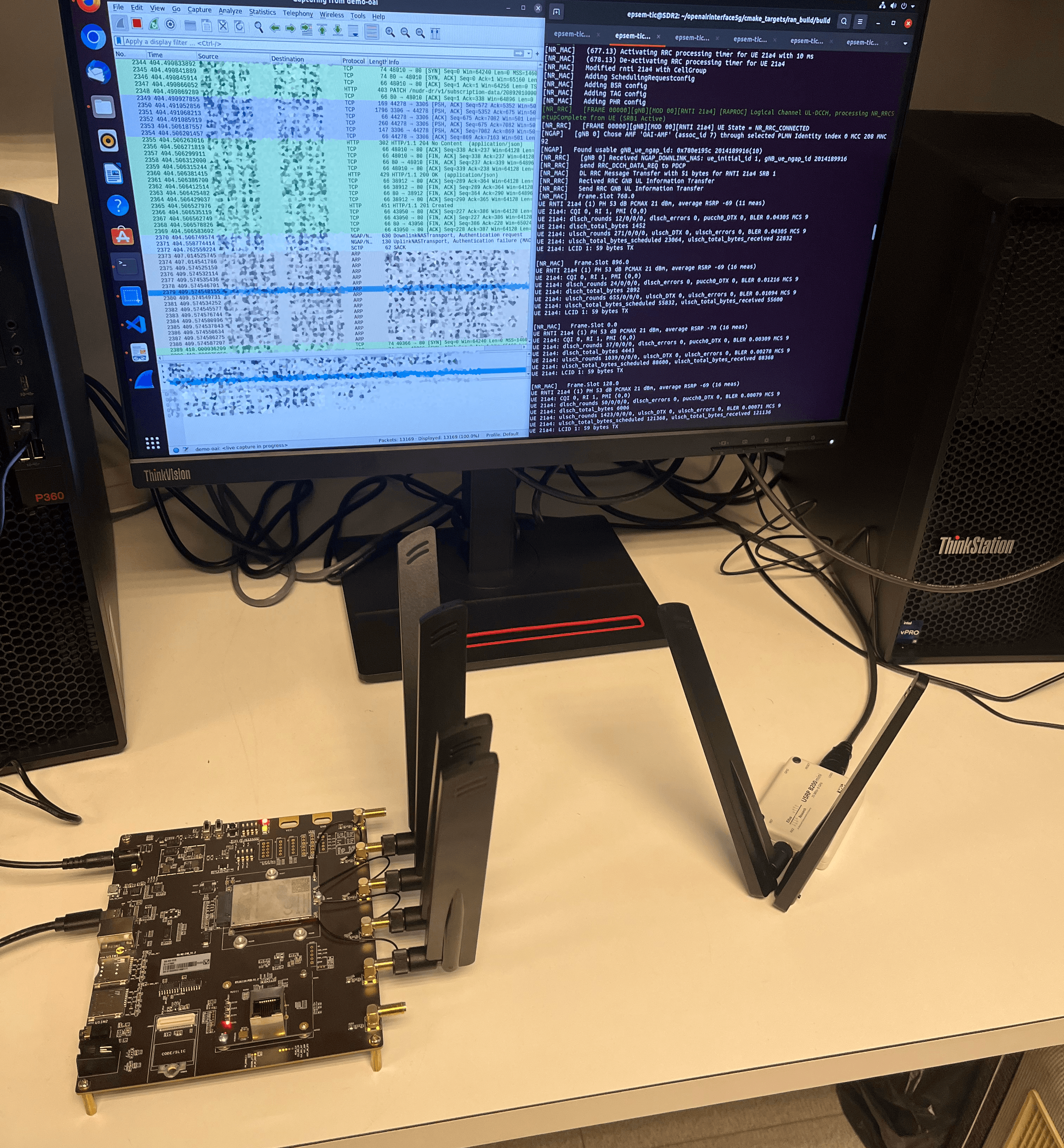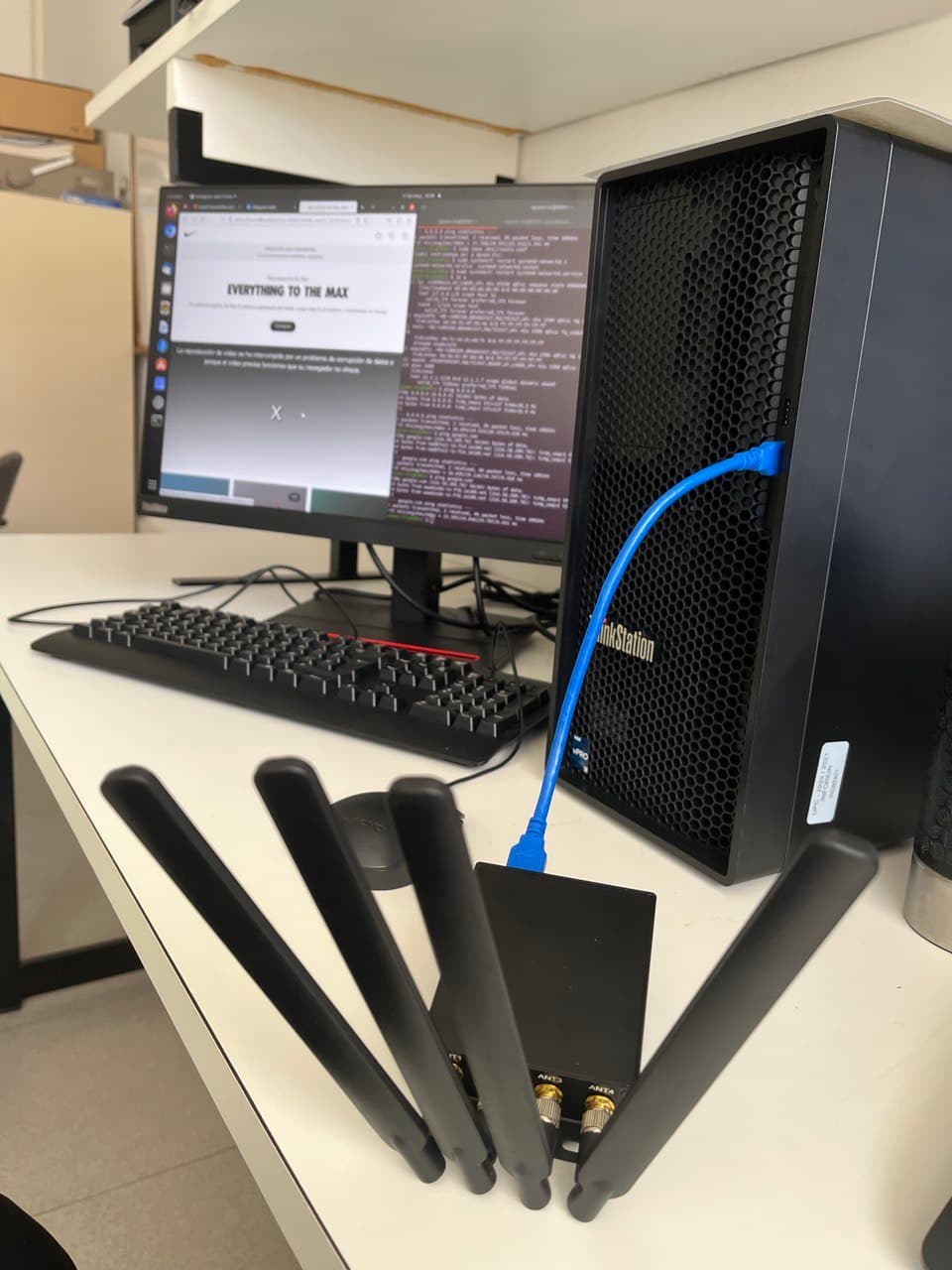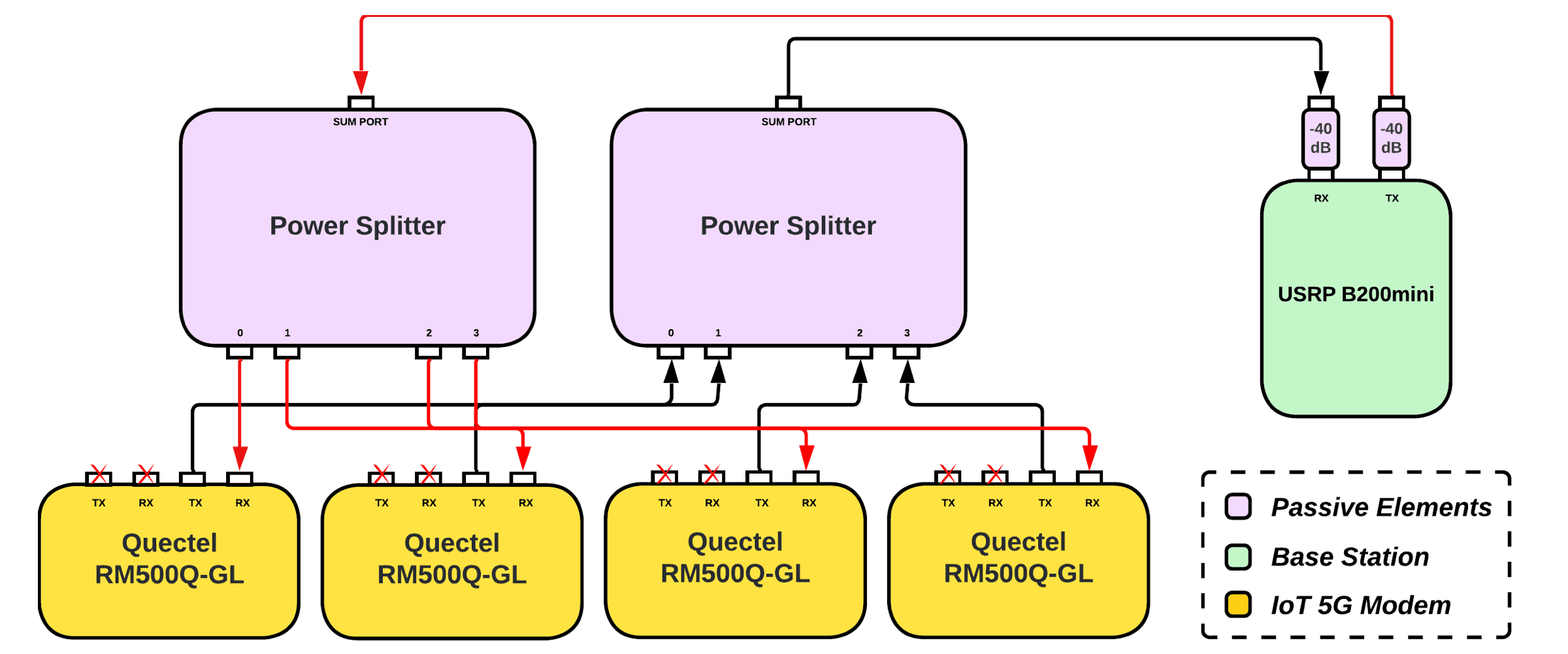5G Network
Download Project Manual
Implementing a 5G network is a complex task that requires a general understanding of the
5G architecture and the different components involved in an end-to-end setup. It can be
a challenging process. In my case, I have been subscribed to the mailing list of OpenAirInterface
(openair5g-user@lists.eurecom.fr), a powerful
open-source forum that provides support to users and resolves any doubts or problems during the
implementation of a 5G network. This resource has been very important for setting up a functional
5G network.
A project for the UPC (Universitat Politècnica de catalunya) for implementing, configuring and running a 5G end-to-end setup using SDRs and OpenAirInterface5G, allowing the UPC to conduct a wide range of experiments/studies on the 5G network.
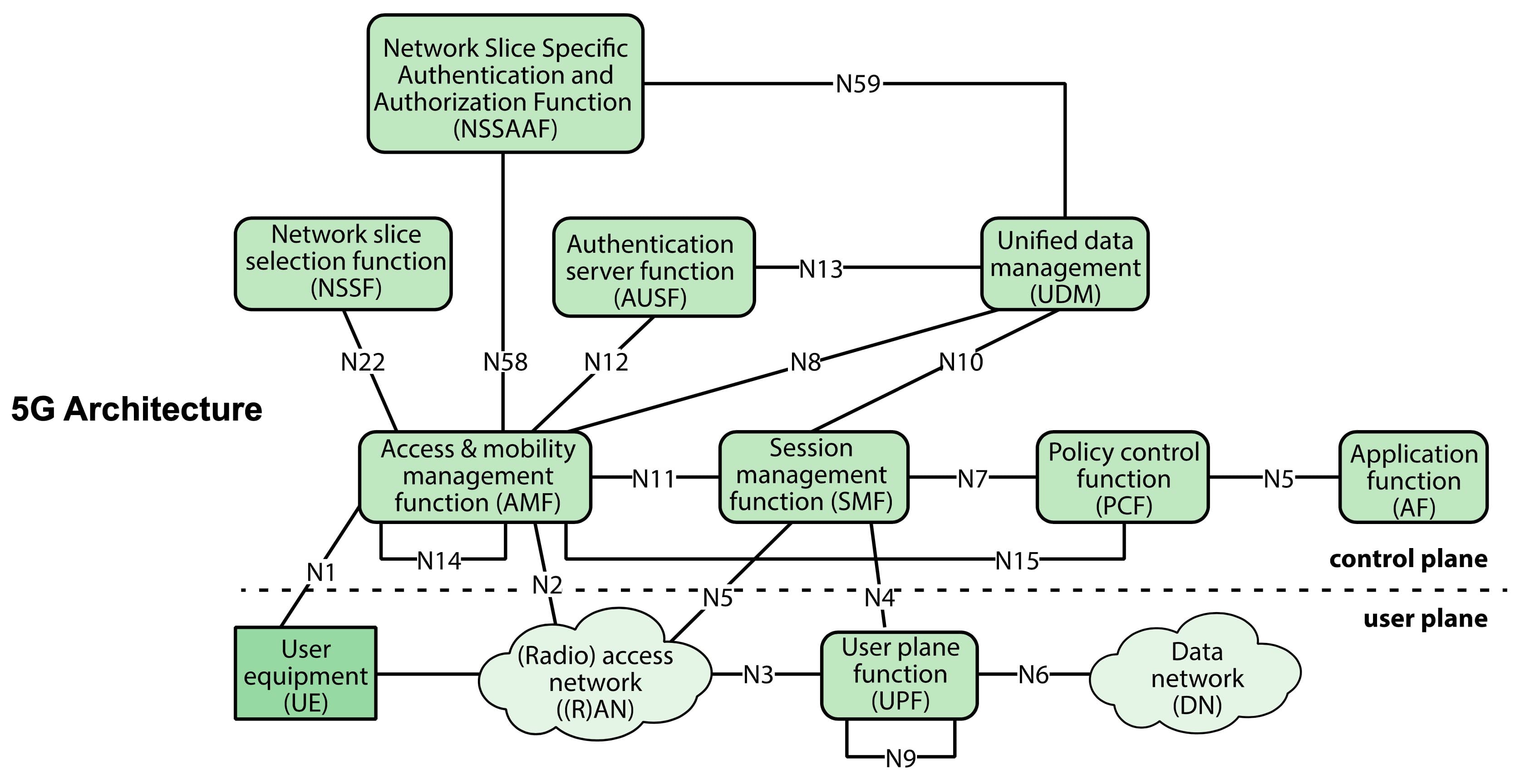
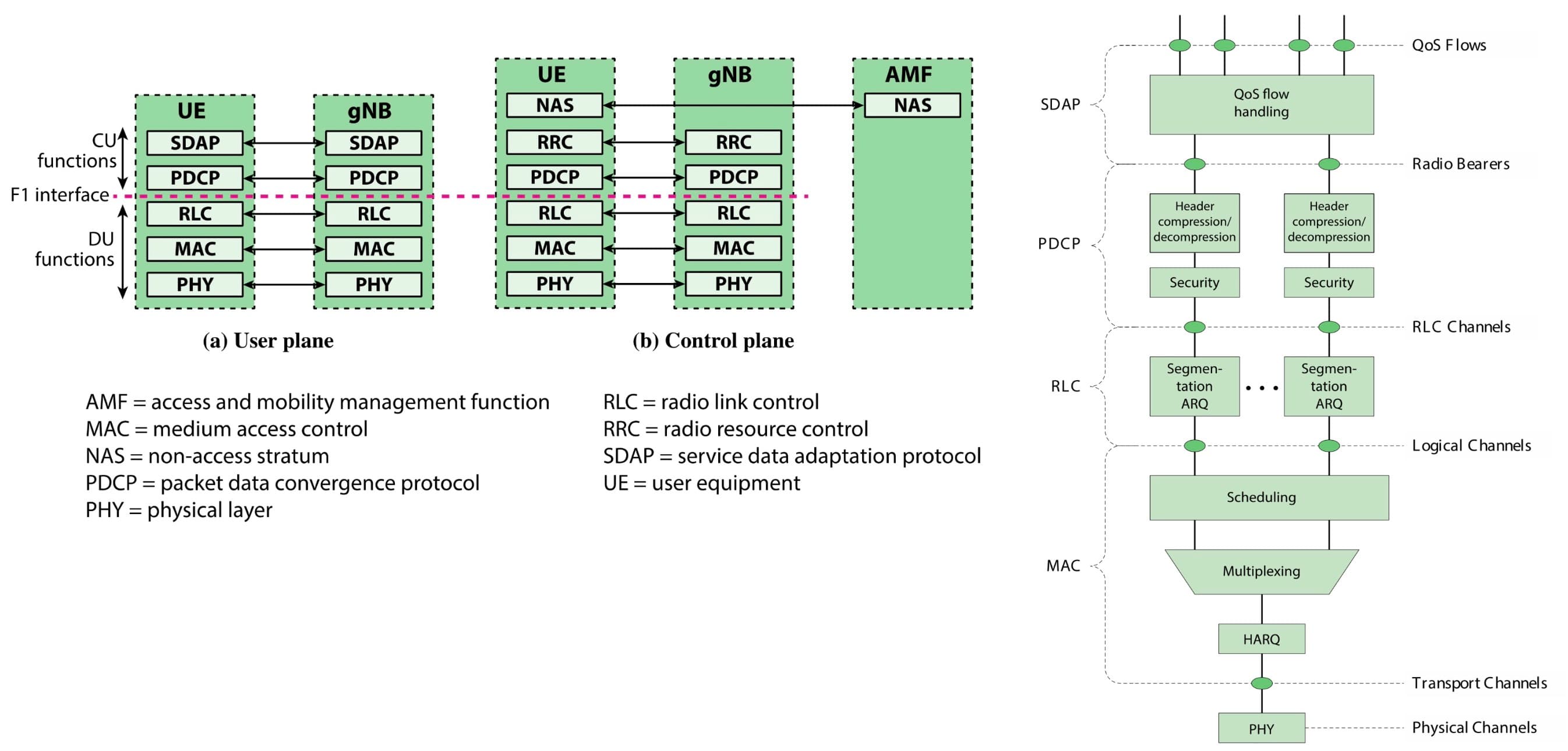
The OpenAirInterfaceTM Software Alliance (OSA) is a non-profit consortium dedicated to developing an ecosystem for open-source software and hardware development for the core network (EPC) and access network (EUTRAN) of 3GPP cellular networks. The images above illustrate that a 5G network requires numerous core components. Openairinterface, along with its wide community of open-source developers, has created incredible tools that allow you to run your own local 5G network. Don't you find it incredible?
With OpenAirInterface5G I have setup and configured the following components:
OAI CN 5G. The core network of the 5G network. Moreover, a database is required to be able to register SIM's as a normally done in cellular networks for controlling data, traffic, and so on.OAI gNB. The 3GPP 5G Next Generation base station which supports the 5G NR (5G New Radio). I had to setup the base station and configure it to be able to integrate the SDR, specifically, anURSPB200-mini.QuectelRM-500Q-GL+Quectel5G-M2EVB. A 5G module is required to test the 5G Network Setup, being able to test the association between the 5G module (with a SIM) and the gNB (base station). This module and evaluation board are used as UE (user equipment).
